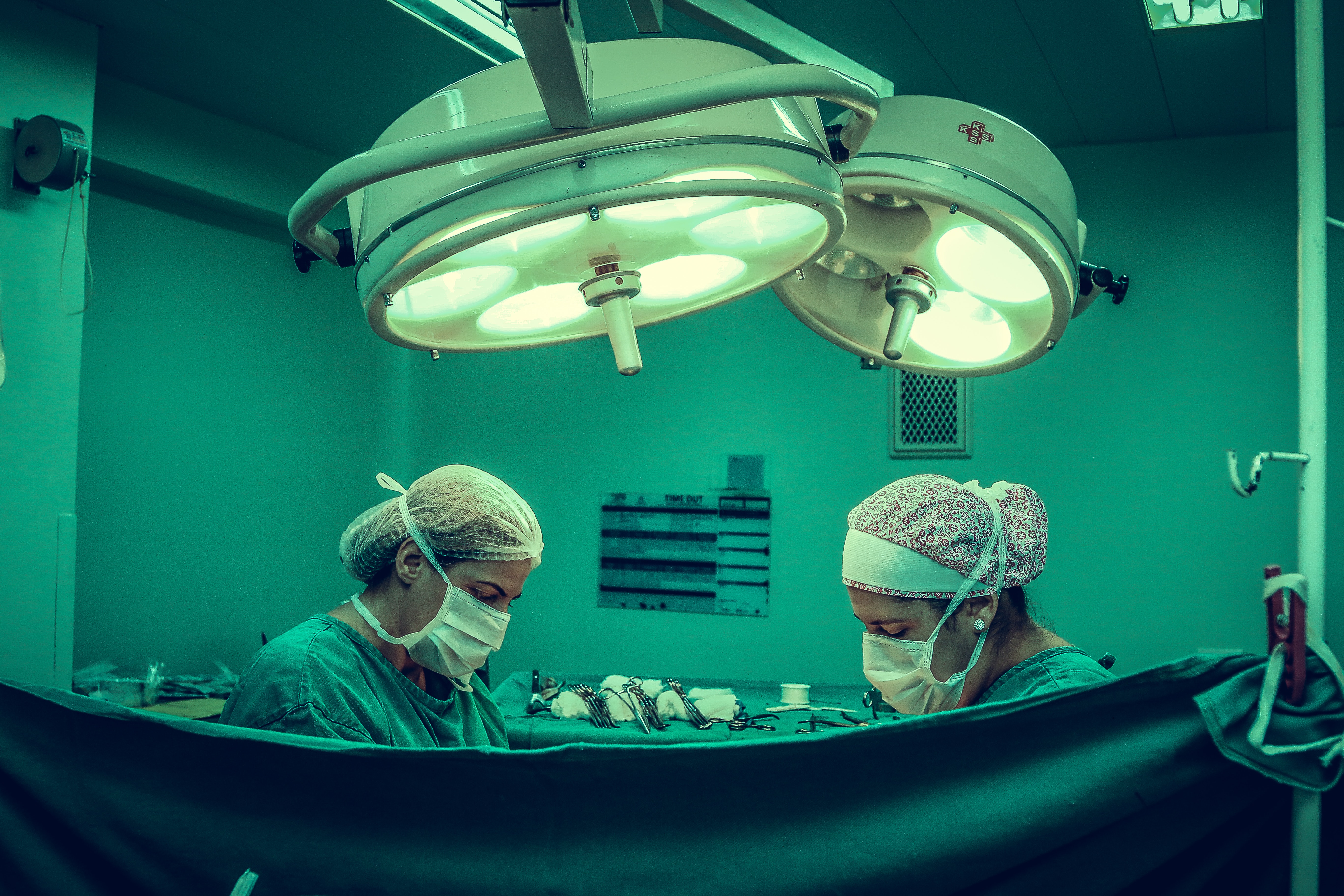In the previous post, I mentioned that radiotherapy can cause long-term tissue changes such that breast reconstruction becomes a consideration. The same holds true for deformities resulting from surgical procedures. For instance, excision of a sizable tumor from a small breast may lead to caving of the remaining tissue and dimpling.
The consequences of aesthetic changes following breast surgery must be taken seriously. The old attitude that women who had undergone life-saving mastectomies ought to feel happy (and lucky) to be alive is nonsense. The potential psychological trauma of a mastectomy is both real and significant. Treatment of breast cancer remains incomplete until the psychosocial well-being of the patient is addressed.
The Women’s Health and Cancer Rights Act
In recognition of this, The Women’s Health and Cancer Rights Act was passed in 1998. This law requires insurance plans that cover mastectomies to also pay for breast reconstruction surgery and other benefits or procedures related to a mastectomy, like prostheses and treatment of complications.
Further protections exists under the Affordable Care Act.
Reconstruction Surgery Options
Types of breast reconstruction surgery include:
- Breast implants
- Flap procedures that use a different part of your body
- Reconstruction of the nipple and areol
- Breast reshaping (e.g., reduction, lifts)
- Fat grafting
Breast reconstructions do not hide any potential return of a breast cancer.
Is Reconstruction Always the Best Option?
Reconstruction might not be for everyone. What constitutes a “best option” depends on many factors, including medical, physiological and those related to lifestyle.
For example, reconstruction using a “tummy flap” would not be ideal for a woman who is a swimmer or whose fitness preferences depend heavily on core strength.

Alternatives to surgical reconstruction include breast prostheses and “going flat.”
Other Important Considerations
Complications are always a possibility and should be discussed with your physician.
One major reason for better outcomes in modern breast reconstruction strategies is better communication among the different medical teams involved in the treatment of breast cancer. Often, specialists from different areas get involved as early as the time of diagnosis, paving the way for a better treatment strategy.
Reconstruction can take place at the time of the original breast cancer surgery, or at a later time. You should discuss which choice is best for you.
